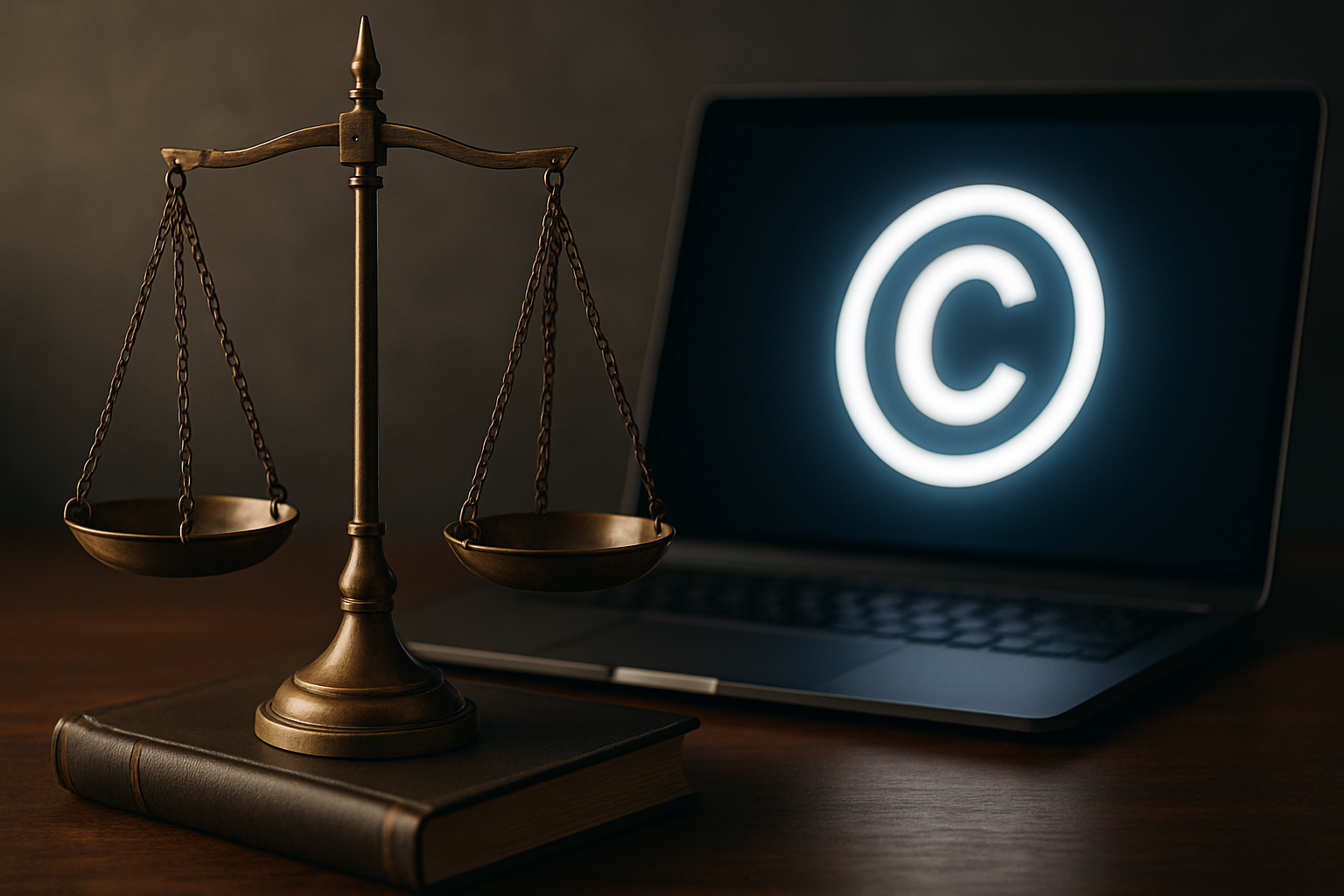Know Your Rights: What to Do if You’re Fired Unfairly
Losing a job is never easy. It can be emotionally draining, financially stressful, and leave you feeling uncertain about the future. But sometimes, being fired isn’t just tough—it’s against the law. If your dismissal violates employment rules, you may have grounds for a wrongful termination claim. Understanding your rights and knowing the steps to take can help protect yourself and potentially recover what you are owed.

Workplace terminations happen daily across the United States, but not all dismissals are legally justified. When an employer fires someone for reasons that violate federal or state laws, it constitutes wrongful termination. Employees who understand their rights and take appropriate action can often seek compensation and hold employers accountable for illegal practices.
What Is Wrongful Termination?
Wrongful termination occurs when an employer fires an employee for reasons that violate federal or state employment laws. Despite most states following at-will employment principles, which allow employers to terminate workers without cause, certain protections exist. Illegal reasons for termination include discrimination based on race, gender, age, religion, disability, or pregnancy. Retaliation for filing complaints about workplace safety, harassment, or illegal activities also constitutes wrongful termination. Additionally, firing someone for refusing to break the law, taking legally protected leave, or exercising their rights under employment contracts creates grounds for legal action.
Why It Matters
Understanding wrongful termination protections serves multiple important purposes for workers and the broader employment landscape. These laws ensure fair treatment in the workplace and prevent employers from abusing their power over employees. When workers know their rights, they can make informed decisions about reporting misconduct without fear of retaliation. Wrongful termination laws also maintain workplace equality by preventing discrimination and creating consequences for employers who violate employment standards. For individuals, recognizing illegal termination can mean the difference between losing income permanently and receiving compensation for damages.
Gathering Evidence and Understanding Your Rights
Documenting potential wrongful termination requires systematic evidence collection from the moment you suspect illegal activity. Save all written communications, including emails, text messages, and formal notices related to your employment and termination. Record dates, times, and details of conversations with supervisors or HR representatives. Collect performance reviews, disciplinary actions, and any documentation that contradicts the stated reason for your firing. Witness statements from coworkers who observed discriminatory behavior or retaliation can strengthen your case. Additionally, research your employee handbook and any contracts to understand company policies and your specific rights under those agreements.
Legal Costs and Professional Assistance
Pursuing a wrongful termination case involves various costs that employees should understand before proceeding. Many employment attorneys work on contingency fees, meaning they only get paid if you win your case, typically taking 25-40% of any settlement or award. Initial consultations often cost between $200-500 per hour, though many lawyers offer free consultations for potential wrongful termination cases. Filing fees for employment discrimination complaints with the Equal Employment Opportunity Commission (EEOC) are typically free, but state agency fees may vary. Court filing fees can range from $300-500, and expert witness fees may add $2,000-10,000 to your case costs.
| Service Type | Provider Options | Cost Estimation |
|---|---|---|
| Employment Attorney Consultation | Local law firms, legal aid societies | $0-500 per hour |
| Contingency Fee Representation | Private employment lawyers | 25-40% of settlement |
| EEOC Filing | Federal agency | Free |
| Court Filing Fees | State/federal courts | $300-500 |
| Expert Witnesses | Employment specialists, economists | $2,000-10,000 |
Prices, rates, or cost estimates mentioned in this article are based on the latest available information but may change over time. Independent research is advised before making financial decisions.
Potential Compensation
Successful wrongful termination cases can result in various forms of compensation designed to restore the employee to their previous position. Back pay covers wages and benefits lost from the termination date until resolution of the case. Front pay compensates for future lost earnings when reinstatement isn’t possible or practical. Emotional distress damages address the psychological impact of illegal termination, while punitive damages punish employers for particularly egregious conduct. Additional compensation may include attorney fees, court costs, and benefits restoration. Settlement amounts vary widely based on salary level, length of employment, and severity of the violation, ranging from thousands to millions of dollars in extreme cases.
Steps to Take If You Suspect Wrongful Termination
Immediate action following a suspected wrongful termination can significantly impact the success of your case. File for unemployment benefits immediately, as this provides income while you pursue legal remedies and doesn’t prevent you from claiming wrongful termination. Contact an employment attorney within 30 days, as many states have strict deadlines for filing discrimination complaints. File a complaint with the appropriate agency - the EEOC for federal discrimination claims or your state’s employment agency for local violations. Continue documenting any ongoing harassment or retaliation attempts by your former employer. Avoid signing any severance agreements without legal review, as these often contain clauses that waive your right to sue. Finally, begin your job search while pursuing legal action, as this demonstrates efforts to mitigate damages.
Navigating wrongful termination requires understanding your rights, gathering strong evidence, and taking prompt legal action. While the process can be complex and emotionally challenging, employees who document illegal terminations and work with qualified attorneys often achieve favorable outcomes. Remember that employment laws exist to protect workers from unfair treatment, and exercising these rights helps maintain workplace fairness for everyone.




